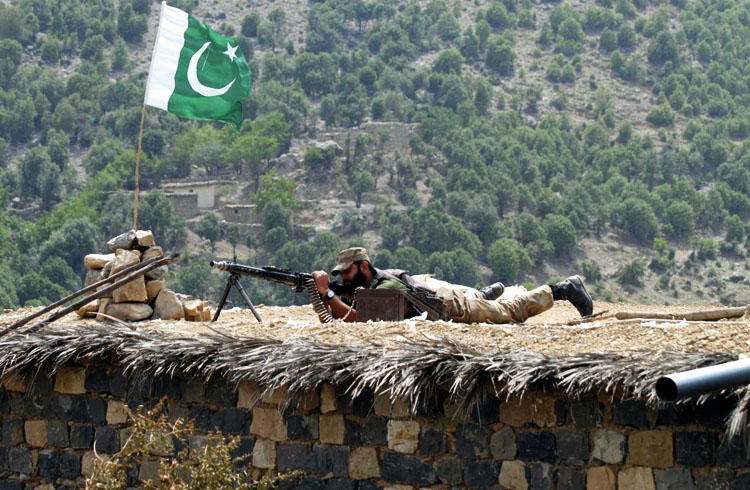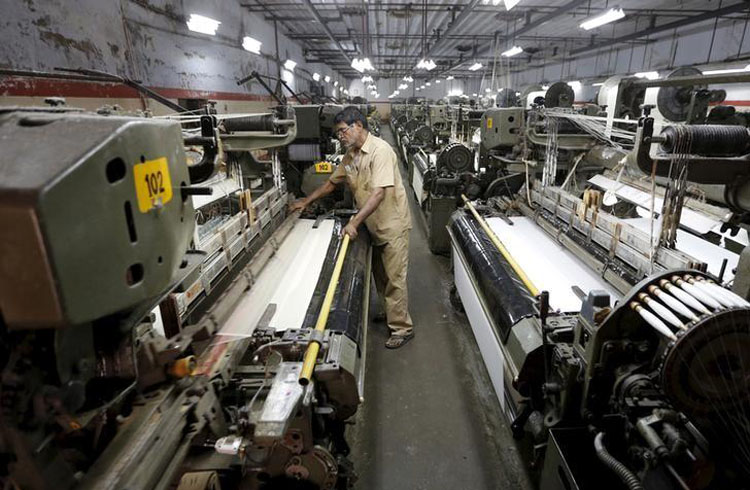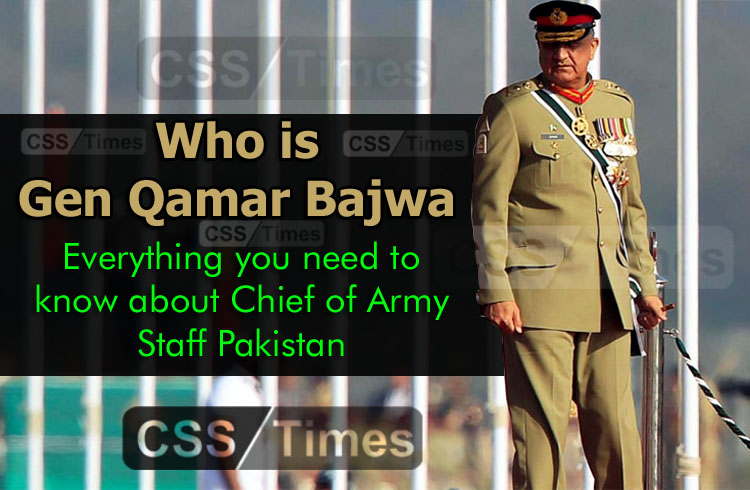FEDERAL PUBLIC SERVICE COMMISSION
COMPETITIVE EXAMINATION FOR RECRUITMENT TO POSTS
IN BS-17, UNDER THE FEDERAL GOVERNMENT, 2015
GENERAL KNOWLEDGE, PAPER-II (CURRENT AFFAIRS)
Q.8. Critically evaluate the counter terrorism policy of Pakistan and suggest measures to eradicate this evil.
Introduction
The security operation restored the confidence of the global community in the capacity of the Pakistan military to deal effectively with terrorism. This was the main reason that the army chief received extraordinary attention during his visits to the US, the UK and China. This also contributed to changing the security-related interaction between Pakistan’s security establishment and the new Afghan government led by President Ashraf Ghani. These two countries are now involved in a more active cooperative interaction for dealing with security matters, especially counter terrorism.









